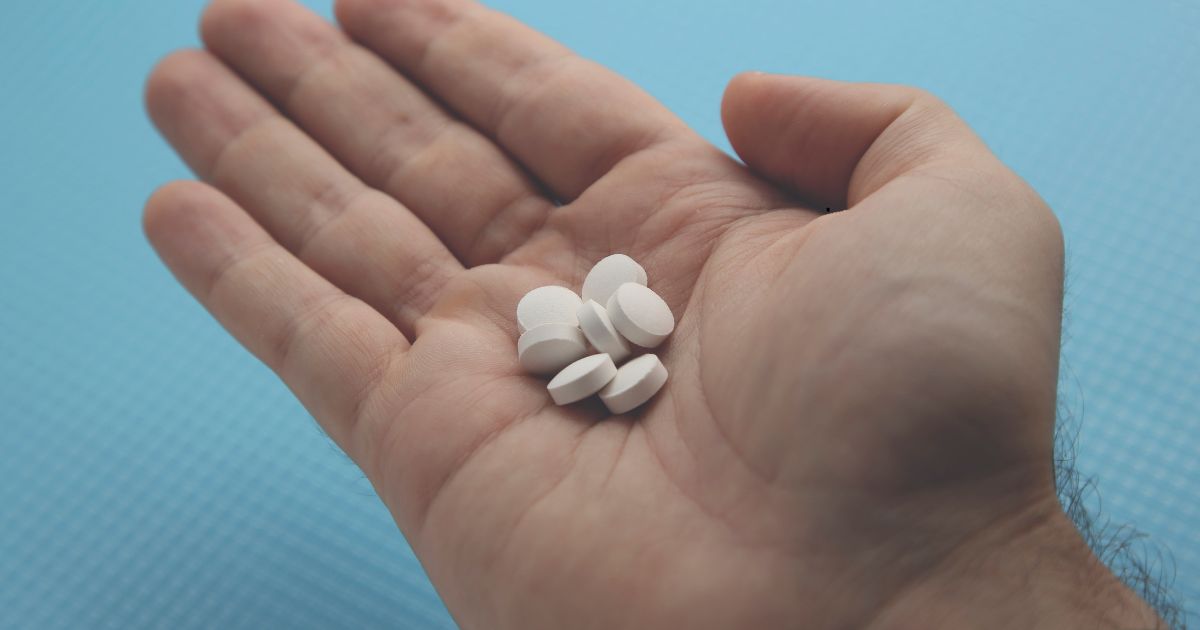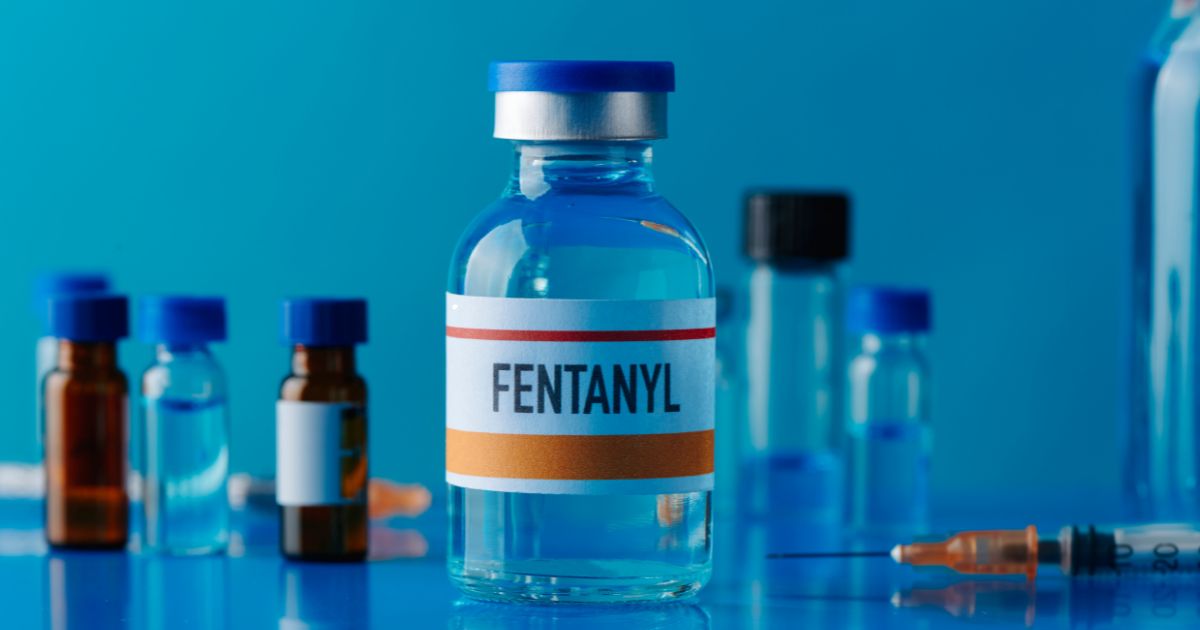The opioid crisis has led to much more awareness of the importance of medication-assisted treatment (MAT). That is, using opioid antagonist medications to prevent those addicted to opioids from relapsing. One of the most common and helpful of these drugs is Suboxone.
While the medication is specifically designed against abuse, it is possible to take too much. It can also lead to dependence. In this article, we talk about how to recognize the symptoms of too much suboxone. We’ll also discuss what to know about suboxone withdrawal.
What is Suboxone?
Suboxone is an oral medication designed for MAT and medication maintenance for opioid use disorder. It combines two active ingredients: buprenorphine and naloxone (Narcan). It’s primarily used in the treatment of opioid addiction.
Naloxone, when injected, will rapidly induce opioid withdrawal symptoms. These symptoms are highly unpleasant, and include things like vomiting and insomnia.
Buprenorphine, meanwhile, is a partial opioid agonist. It produces effects such as euphoria or slowed breathing but to a much lesser extent than methadone. Buprenorphine’s opioid effects increase with each dose until at moderate doses they level off, even with further dose increases. This “ceiling effect” lowers the risk of misuse, dependency, and side effects.
This combination makes Suboxone much less susceptible to abuse and dependence. However, no drug is risk-free.
While Suboxone is used to treat opioid addiction, it can still lead to physical dependence. This is because buprenorphine is itself an opioid, albeit with safer profile characteristics compared to full opioid agonists.
It can also get you high, which is one of the symptoms of too much suboxone.
Does Suboxone Get You High?
Despite its design to minimize abuse, Suboxone can still be misused, particularly by individuals without a tolerance to opioids. One of the symptoms of too much suboxone is euphoria, especially in people who aren’t regularly using opioids. However, its effects are much weaker than full opioid agonists, and its ceiling effect further limits its potential for abuse.
It’s worth noting that while medical professionals normally administer suboxone, it’s also less regulated than methadone – a Schedule III controlled substance vs methadone’s Schedule II.
Unlike methadone, which can only be had at an official methadone clinic, suboxone can be prescribed by doctors. The patient at home can also administer the medication.
This means that it’s less secure and easier to obtain illicitly. However, while it’s somewhat less restricted compared to methadone, it’s still not “easy” to get.
Get confidential help from our addiction treatment specialists in Orange County. Call to join our rehab program today!
Call 866-881-1184Where Can I Get Suboxone Treatment?
Because of its safer profile, the regulations surrounding Suboxone are less stringent than those for methadone. It can be prescribed by any physician who has completed the required training and obtained a waiver from the Substance Abuse and Mental Health Services Administration (SAMHSA).
This allows for more flexibility in treatment settings, including possibly receiving prescriptions for home use. However, it also makes it somewhat easier to obtain suboxone than other drugs like methadone.
What Are the Symptoms of Too Much Suboxone?
Taking too much Suboxone can lead to a range of symptoms, some of which can be quite severe. It’s important to recognize these signs and symptoms, as they can indicate a potential overdose or adverse reaction.
Using Suboxone in combination with other substances, like opioids or alcohol, can exacerbate these effects and lead to dangerous outcomes.
Symptoms of too much suboxone can include:
- Shallow breathing — Shallow, weakened breathing is a critical sign of an opioid overdose. This can lead to hypoxia, a condition where the brain does not get enough oxygen.
- Drowsiness — Excessive sleepiness and difficulty staying awake can occur. In severe cases, this can lead to stupor or coma.
- Confusion — One of the symptoms of too much suboxone can be mental confusion.
- Poor coordination — Suboxone can reduce your physical coordination.
- Nausea — This is one of the most common symptoms of too much suboxone and can be more pronounced with an overdose.
- Dizziness — Too much suboxone can cause dizziness or lightheadedness, increasing the risk of falls or accidents.
- Blurred vision — Overuse can affect vision, leading to blurriness or difficulty focusing.
- Slurred speech — Difficulty speaking clearly can be a sign of an overdose.
If you or a loved one experiences any of these symptoms of too much suboxone, seek immediate medical help.
Suboxone and Alcohol
Alcohol increases the sedative effects of Suboxone. The combination can significantly increase the risk of respiratory depression, profound sedation, coma, or even death.
Using suboxone and alcohol together is a type of polysubstance abuse. Polysubstance abuse is much harder to treat than singular addictions.
It’s important to avoid alcohol while taking Suboxone. If you or someone you know is struggling with combining suboxone and alcohol, it’s crucial to seek medical advice and support.
Looking for quality substance abuse treatment that’s also affordable? South Coast accepts most major insurance providers. Get a free insurance benefits check now.
Check Your CoverageSuboxone Treatment at SCBH
Opioid use disorders may require someone taking suboxone for a period of time. If you or a loved one are seeking opioid withdrawal assistance, South Coast Behavioral Health is here to help. The first step in treating addiction is a medical detox. This means using drugs to manage severe withdrawal symptoms.
Our medical detox program in California is staffed by caring and compassionate professionals who can provide you with medications to manage your withdrawal symptoms.
At South Coast, we take pride in offering care closely tailored to specific issues. To that end, we offer gender-specific detox programs, with medical detox for men in Irvine, CA, and medical detox for women in Huntington Beach, CA.
After detoxing, proper treatment can begin.
Treatment for substance abuse takes place along an entire spectrum of care. Along that entire spectrum are various behavioral therapies, support groups, and medically-assisted treatment (MAT).
These levels of treatment are, in order, as follows:
Residential Treatment in California
After completing medical detox, you’ll receive inpatient treatment in Orange County California. There, you’ll receive medically-assisted treatment and dual diagnosis treatment to deal with any cravings or co-occurring mental health issues you may be battling.
We also offer residential treatment facilities in Costa Mesa, Irvine, and Huntington Beach for those who desire gender-specific treatment. There, patients get round-the-clock medical attention and monitoring while living at the institution full-time.
In addition to individual and group counseling and medication management, you’ll also have access to leisure activities and family support services.
Partial Hospitalization in California
Most clients start substance abuse treatment with South Coast in our residential treatment program. After completing that, many desire something that still provides structure and support, but with extra space and time to oneself. For that, we offer Partial Hospitalization in Newport Beach.
A step down from inpatient care but with more structure than conventional outpatient programs, partial hospitalization offers a good balance for those looking to ease back into normal life. Clients can receive care five to seven days a week for several hours each day, returning to their homes in the evening.
This way, they can recover without putting their daily lives completely on hold, receiving intense therapeutic interventions like group and individual therapy, skill development, and medication management as necessary.
Intensive Outpatient Treatment in California
For those leaving inpatient residential treatment or partial hospitalization, intensive outpatient programs (IOP) are yet another gradual step forward on the road to recovery.
With a focus on group therapy, individual counseling, and education, clients undergoing Intensive Outpatient Treatment in Newport Beach can meet three to five days a week. Each session lasts three hours.
This level of care requires the least amount of attendance at a facility.
Start Today
If you or a loved one are struggling with alcohol addiction but wonder how long addiction treatment takes or have other questions, call us at 866-881-1184. Our highly qualified staff will be happy to help give you an idea of what to expect from your addiction recovery timeline, verify your insurance, and assist with any other questions you may have. Talking with your doctor can help you find treatment for suboxone abuse.










